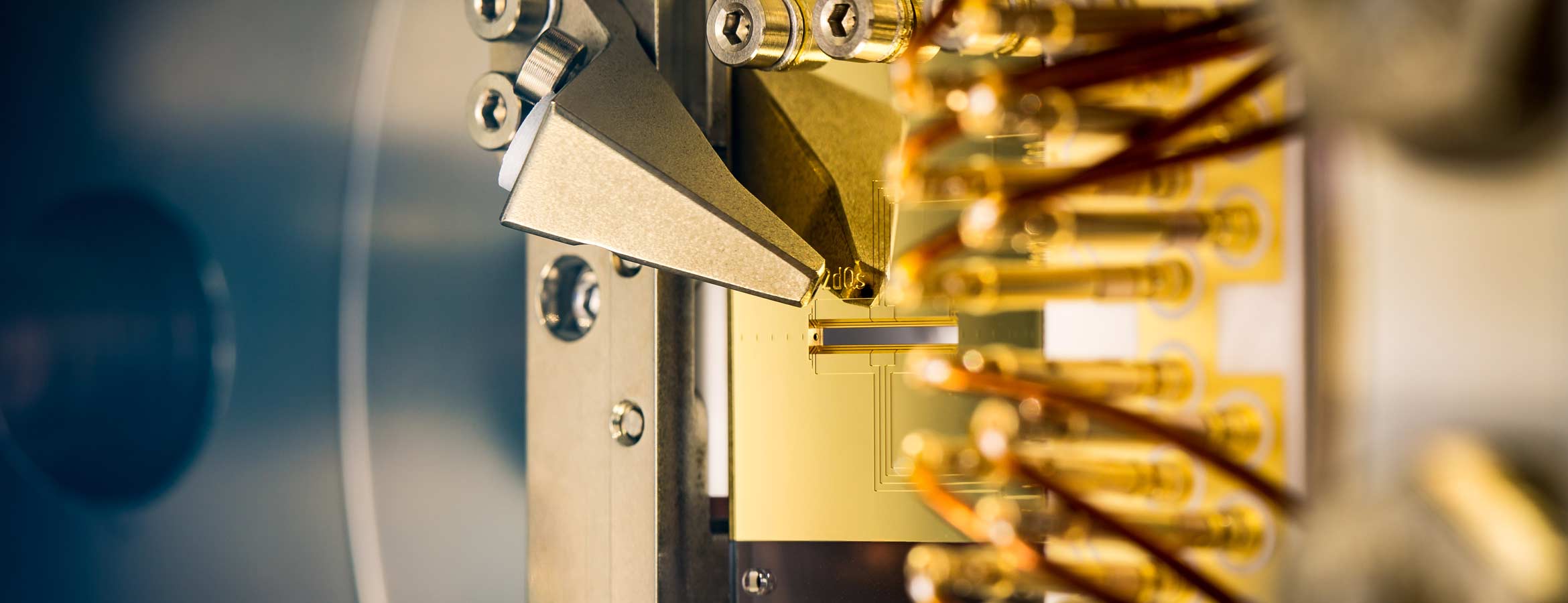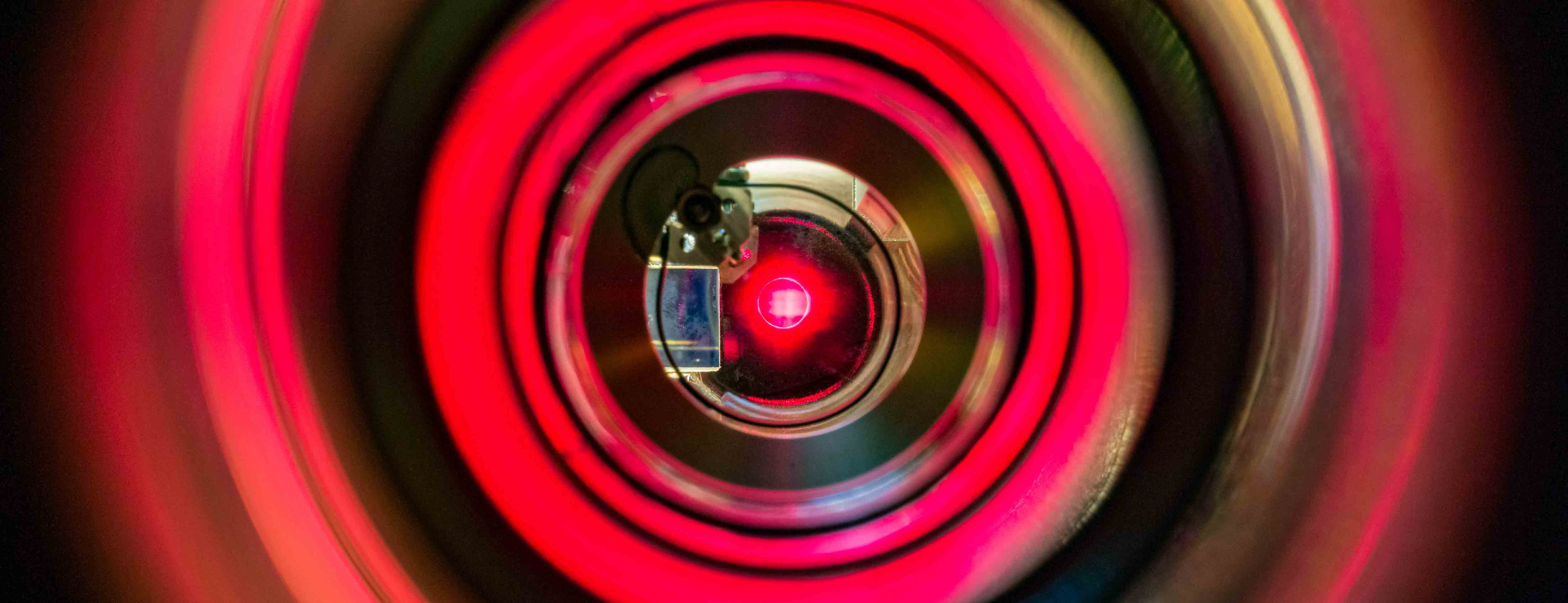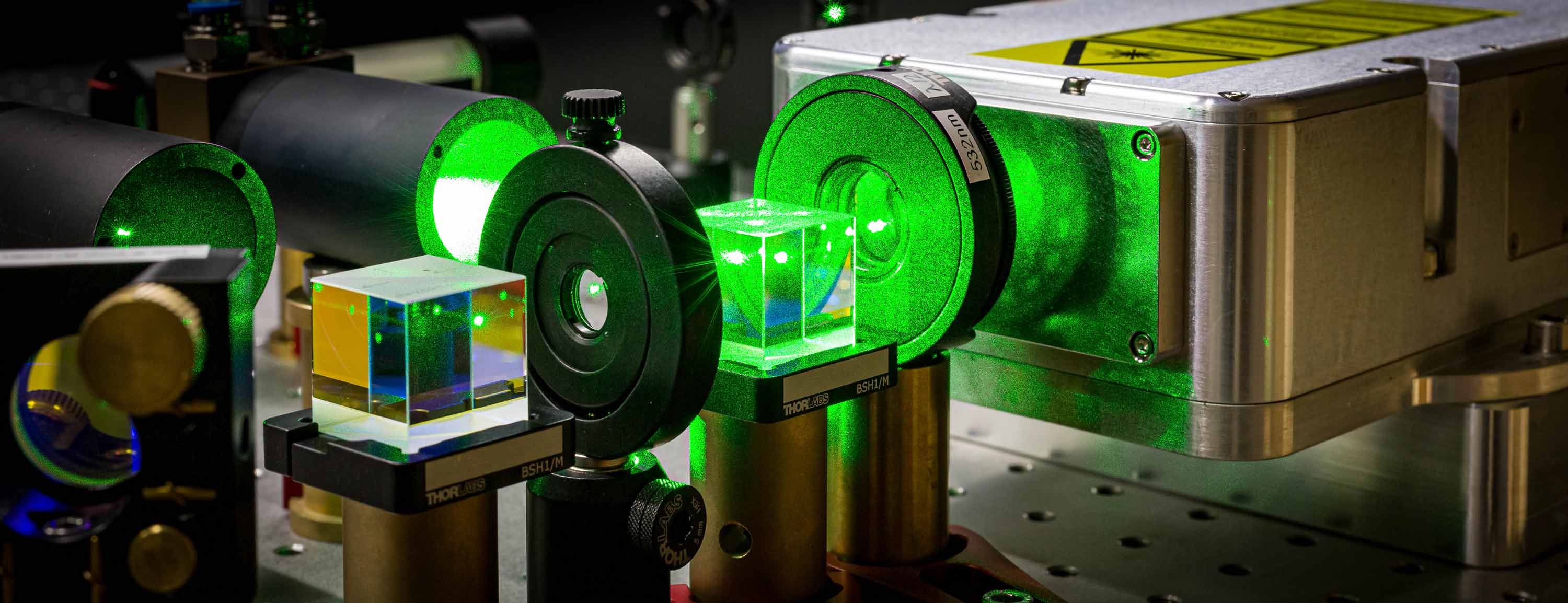Forschungsgruppen
BernienLab: Quantenwissenschaft Atom für Atom

Das BernienLab studiert die Quantenphysik, indem sie große Quantensysteme aus einzelnen Atomen in optischen Pinzetten zusammensetzen. Diese Plattform eignet sich ideal sowohl für die Erforschung... Read more …
Ferlaino Lab - Dipolare Quantengase

Die Forschungsgruppe um Francesca Ferlaino beschäftigt sich mit dipolaren Quantenphänomenen, wofür sie stark magnetische Atomspezies verwendet. So konnte die Gruppe im Jahr 2012 das erste... Read more …
Grimm Lab - Ultrakalte Atome und Quantengase
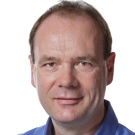
Die Arbeitsgruppe unter der Leitung von Rudolf Grimm untersucht ultrakalte Teilchensysteme, bestehend aus optisch gespeicherten Quantengasen sehr nahe am absoluten Nullpunkt. Solche Systeme... Read more …
Kirchmair Lab - Supraleitende Quantenschaltkreise

Die Forschungsgruppe um Gerhard Kirchmair arbeitet an supraleitenden Schaltkreisen und deren Anwendung in der Quanteninformationsverarbeitung und Quantensimulation. Die quantenmechanischen... Read more …
Pichler Group - Quantum Science Theory
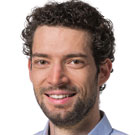
Die Forschungsgruppe unter der Leitung von Hannes Pichler beschäftigt sich mit quantenoptischen Systemen, Quanten-Vielteilchenphysik und Quanteninformation. Ziel der Gruppe ist es, die theoretischen Grundlagen... Read more …
Emeritus Forschungsgruppen
Blatt Lab - Quantenoptik und Spektroskopie

Die Forschungsgruppe um Rainer Blatt untersucht quantenphysikalische Prozesse an Ionen, die in Ionenfallen gespeichert sind. Ziel der Experimente ist es, eine möglichst vollständige Kontrolle über... Read more …
Zoller Group - Quantenoptik und Quanteninformation

Peter Zoller's Forschungsarbeiten sind auf den Gebieten der theoretischen Quantenoptik und Atomphysik, der Quanteninformation und der Theorie kondensierter Materie angesiedelt. Im Vordergrund steht... Read more …
Aktuellste Preprints
Fabrication and characterization of vacuum-gap microstrip resonators
arXiv:2503.07431
High-fidelity entanglement and coherent multi-qubit mapping in an atom array
arXiv:2506.13632
Show Abstract
Neutral atoms in optical tweezer arrays possess broad applicability for quantum information science, in computing, simulation, and metrology. Among atomic species, Ytterbium-171 is unique as it hosts multiple qubits, each of which is impactful for these distinct applications. Consequently, this atom is an ideal candidate to bridge multiple disciplines, which, more broadly, has been an increasingly effective strategy within the field of quantum science. Realizing the full potential of this synergy requires high-fidelity generation and transfer of many-particle entanglement between these distinct qubit degrees of freedom, and thus between these distinct applications. Here we demonstrate the creation and coherent mapping of entangled quantum states across multiple qubits in Ytterbium-171 tweezer arrays. We map entangled states onto the optical clock qubit from the nuclear spin qubit or the Rydberg qubit. We coherently transfer up to 20 atoms of a -ordered Greenberger-Horne-Zeilinger (GHZ) state from the interacting Rydberg manifold to the metastable nuclear spin manifold. The many-body state is generated via a novel disorder-robust pulse in a two-dimensional ladder geometry. We further find that clock-qubit-based spin detection applied to Rydberg and nuclear spin qubits facilitates atom-loss-detectable qubit measurements and Rydberg decay detection. This enables mid-circuit and delayed erasure detection, yielding an error-detected two-qubit gate fidelity of in the metastable qubits as well as enhanced GHZ state fidelities in analog preparation. These results establish a versatile architecture that advances multiple fields of quantum information science while also establishing bridges between them.
Fast and Error-Correctable Quantum RAM
arXiv:2503.19172v1
Show Abstract
Mehr Preprints
Quantum devices can process data in a fundamentally different way than classical computers. To leverage this potential, many algorithms require the aid of a quantum Random Access Memory (QRAM), i.e. a module capable of efficiently loading datasets (both classical and quantum) onto the quantum processor. However, a realization of this fundamental building block is still outstanding, since existing proposals require prohibitively many resources for reliable implementations, or are not compatible with current architectures. Moreover, present approaches cannot be scaled-up, as they do not allow for efficient quantum error-correction. Here we develop a QRAM design, that enables fast and robust QRAM calls, naturally allows for fault-tolerant and error-corrected operation, and can be integrated on present hardware. Our proposal employs a special quantum resource state that is consumed during the QRAM call: we discuss how it can be assembled and processed efficiently in a dedicated module, and give detailed blueprints for modern neutral-atom processors. Our work places a long missing, fundamental component of quantum computers within reach of currently available technology; this opens the door to algorithms featuring practical quantum advantage, including search or oracular problems, quantum chemistry and machine learning.
Alle Publikationen

